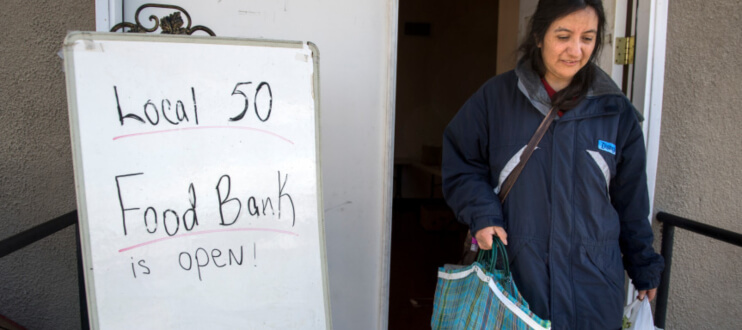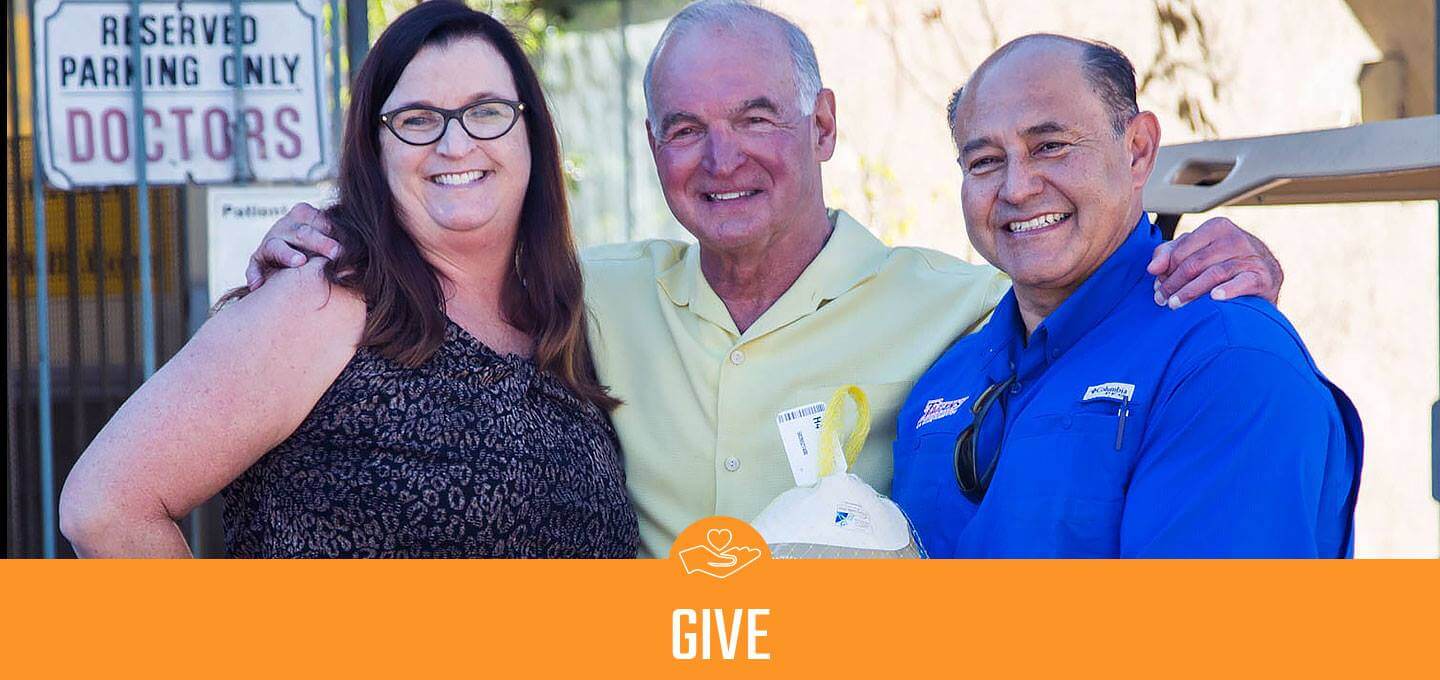By Margot Roosevelt / Orange County Register
Photo by Mindy Schauer, Orange County Register/SCNG
Originally posted on the Orange County Register.
Not far from Newport Coast’s glittering enclaves, Fullerton’s tidy subdivisions, Disneyland’s fantasy rides and Irvine’s corporate towers lies another Orange County.
It is a place where child poverty is rising, students are failing, opioid addiction is epidemic, rents are sky-high and businesses pay workers less than they did a decade ago.
The grim litany is spread across 80 pages of numbers, charts and maps in the 2018 Orange County Community Indicators Report, an annual temperature-taking of this sprawling region of 3.2 million residents, the nation’s sixth most populous county, by government agencies and nonprofit groups.
Consider these snapshots:
– Poverty among Orange County children has risen by 24 percent since 2010, according to the U.S. Census. Factoring in the cost of living, 1 in 4 local children is poor.
– In 2017, 48 percent of Orange County children were developmentally unready for kindergarten, many because of poor communication and motor skills.
– Barely half of Orange County children meet third grade achievement standards for literacy (51%) or mathematics (56%).
– A minimum wage earner —those who serve at fast food restaurants, care for our elderly and clean our office buildings—would need to work 104 hours per week to afford rent on a typical one-bedroom apartment.
– Working-age families are fleeing. Between 2018 and 2040, the only group expected to grow as a percentage of the county’s population is residents age 65 and older.
The indicators report offers “a credible source of data in one spot,” said Carla Vargas, Orange County United Way’s chief operating officer. “The nonprofit and business communities rely on it to make investments in the right issues in our community.”
“Good, bad and ugly”
But apart from its startling statistics, the report is a cautious document, drafted by public agencies such as the Orange County Department of Education, CalOptima, and the Children & Families Commission, along with nonprofit groups such as the Orange County Community Foundation. United Way and the Hope Through Housing Foundation.
The authors avoid controversial policy recommendations.
The annual effort “has not focused on having strong opinions,” Vargas acknowledged, but “we are trying to get more solutions-oriented.”
Sprinkled throughout the data are a few hopeful signs.
The share of residents without health insurance fell to 7 percent in 2016 from 17 percent four years earlier, thanks to the federal Affordable Care Act, also known as Obamacare, and the expansion of state Medi-Cal.
The high school dropout rate has fallen steadily since 2011. It now stands at 5.4 percent, as compared to 9.8 percent statewide.
Although the estimated number of homeless stood at a high of 4,800 last year, the report touts some progress: homeless families with children dropped by a quarter over four years, to 398.
“The indicators report shows the good, the bad and the ugly,” said Lucy Dunn, president and CEO of the Orange County Business Council, a trade group for large companies. “We also have great competitive advantages such as a diverse economy and talent that wants to come here.”
To continue reading, click here to see the original article on OC Register’s website.







